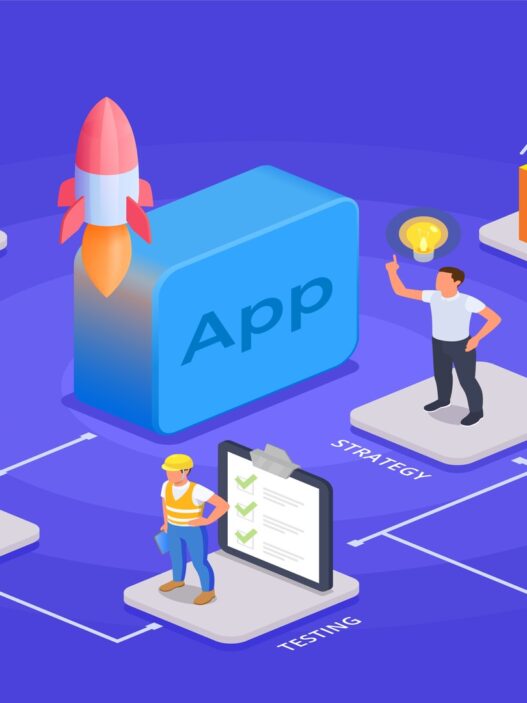In an age where connectivity is king, internet speed and reliability have become non-negotiable for most households and businesses. Streaming high-definition videos, gaming, video conferencing, and even running smart home devices—all demand seamless, high-speed internet. This is where fiber internet service comes into play, revolutionizing how we experience the online world.
What is Fiber Internet Service?
Fiber internet is a type of broadband connection that uses fiber-optic cables to transmit data at incredibly high speeds. Unlike traditional copper cables, fiber-optic lines consist of thin strands of glass or plastic that carry data in the form of light signals. This allows for faster data transmission, more stable connections, and less interference over longer distances.
Fiber internet services offer speeds that range from 100 Mbps to 1 Gbps and beyond, allowing users to download large files, stream 4K videos, and engage in multiplayer online games without any lag or buffering. The capacity of fiber-optic networks can handle much more bandwidth than DSL or cable, making it the gold standard in internet service.
The Benefits of Fiber Internet
- Speed
The biggest selling point of fiber internet is its unparalleled speed. With fiber-optic technology, data can travel at nearly the speed of light, which means you can access, download, and upload large amounts of data in mere seconds. This is a major advantage over traditional DSL or cable internet, which often struggles with speed limitations, especially during peak usage times. - Reliability
Because fiber-optic cables are less susceptible to weather conditions or electrical interference, they provide a more reliable and consistent connection. This is critical for businesses that depend on uninterrupted internet service for day-to-day operations, as well as for households that use multiple devices simultaneously. - Symmetrical Upload and Download Speeds
With many internet service providers, download speeds are usually much higher than upload speeds. This is not the case with fiber internet. It offers symmetrical speeds, meaning you can upload files just as quickly as you can download them. This is especially beneficial for content creators, freelancers, or anyone who needs to upload large files, such as videos or high-resolution images, to the cloud. - Future-Proof Technology
Fiber-optic cables are designed to support future internet technologies. As the demand for faster internet grows, fiber networks can be easily upgraded to provide even higher speeds. This makes fiber internet service a long-term solution that won’t become obsolete as technology advances.
Fiber Internet vs. Traditional Options
When comparing fiber internet to DSL or cable, the differences are striking. DSL connections, which run over copper phone lines, are significantly slower and more prone to interruptions. Cable internet, while faster than DSL, still doesn’t match the speeds or reliability of fiber-optic networks, especially in densely populated areas where bandwidth may be shared among multiple users.
Moreover, fiber internet can support multiple devices at once without compromising speed, making it ideal for households with heavy internet usage or smart homes filled with connected devices.
The Future of Fiber Internet
As more cities and rural areas begin to adopt fiber internet infrastructure, the digital divide will continue to shrink. Governments and private companies are investing billions into expanding fiber networks across the globe, making this high-speed service more accessible to people who live in underserved or remote locations.
In the future, fiber internet could pave the way for even more advanced applications, such as virtual reality experiences, 8K streaming, and smart cities powered by interconnected devices. With its capacity for high speeds, low latency, and reliable connections, fiber internet is poised to become the backbone of our digital future.
Conclusion
Fiber internet service is not just a trend—it’s the future of connectivity. Offering unparalleled speed, reliability, and the ability to handle ever-increasing data demands, fiber internet is transforming how we work, play, and live online. If you haven’t made the switch yet, now might be the perfect time to experience what fiber has to offer.











